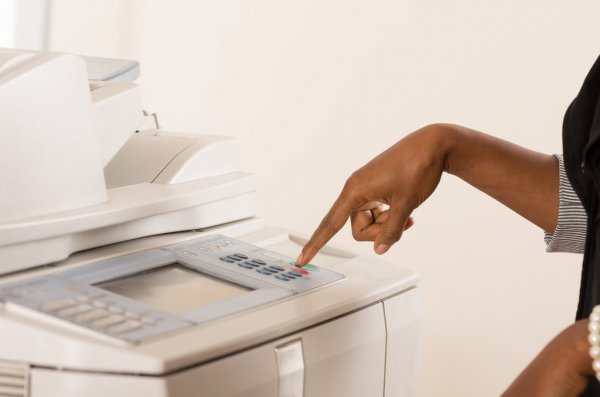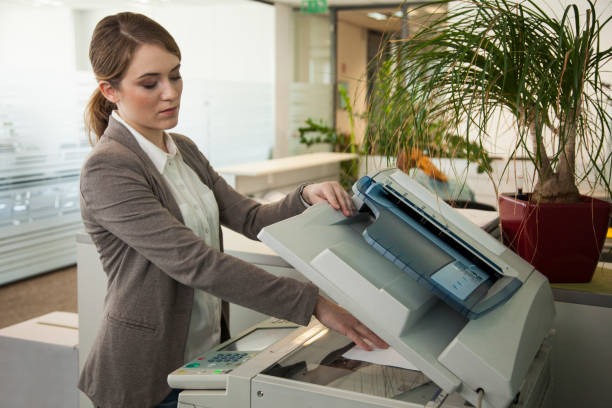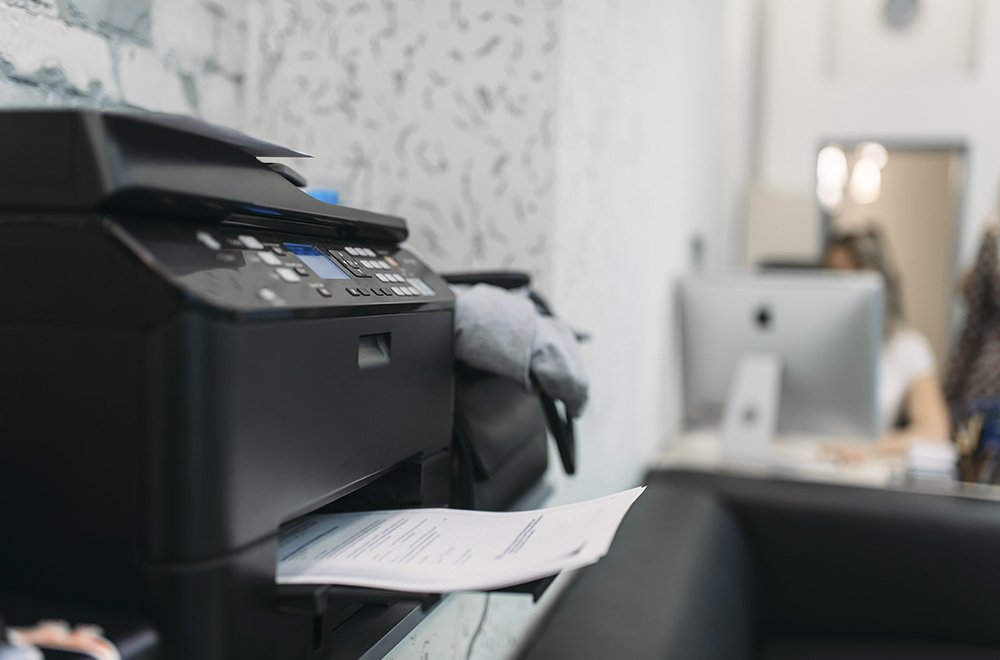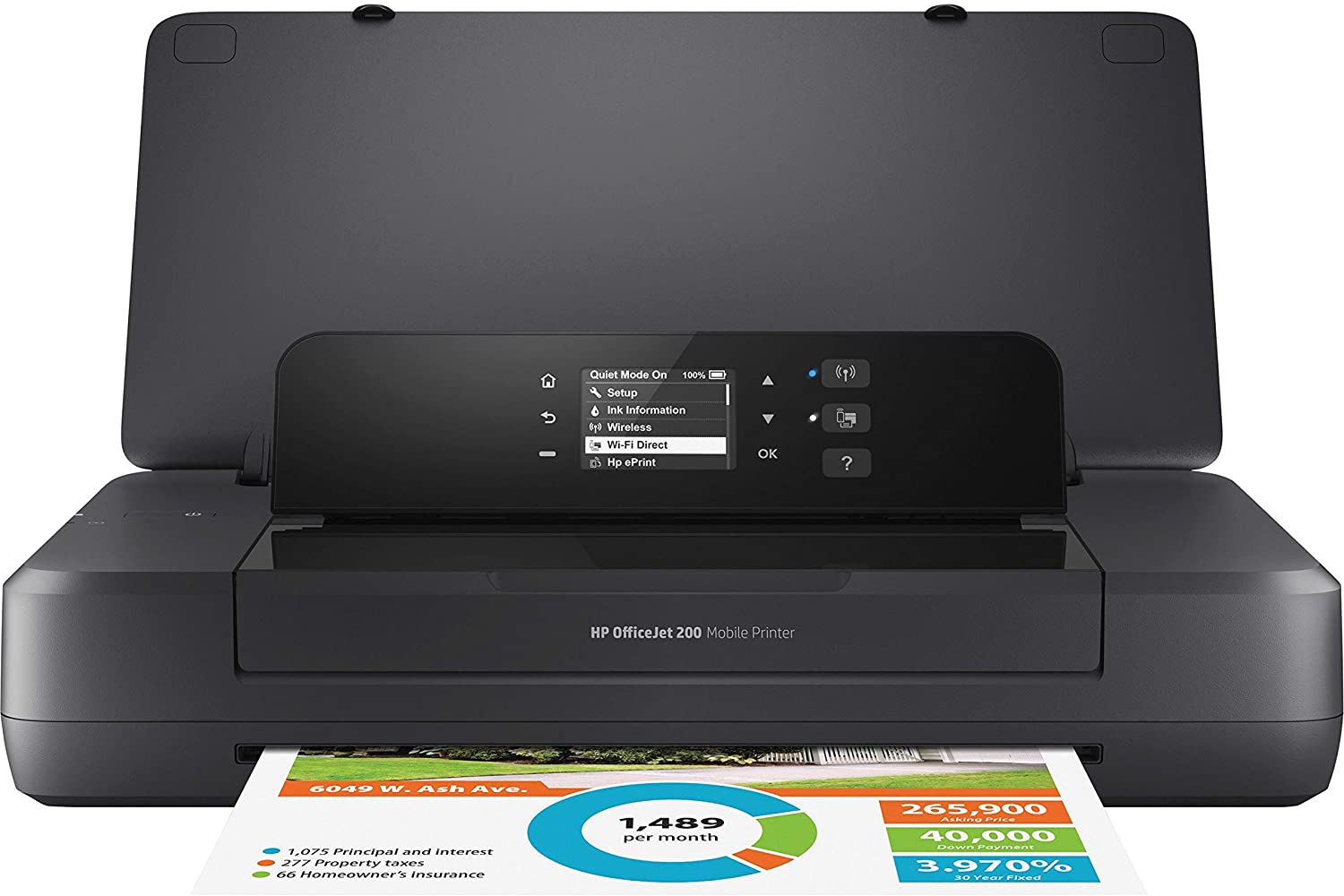
Printing is a major part of business. It’s one of the most common ways to promote your company and what you have to offer, but it can also be one of the biggest contributors to environmental pollution. Sustainable printing practices are an essential part of any business that prints on paper, so if you want to do more for the Earth than just recycling old products, this blog post will help!
If you are in Los Angeles and you are looking for a Copier for your business, you may contact Clear Choice Technical Services in Los Angeles. You can ask about Copier Leasing Services in Los Angeles, Copier rental services in Los Angeles.
Green Printing: What is it?
Green printing is a method of printing that maximizes the use of renewable energy and natural resources. This means using soy, vegetable or other plant-based inks for your inkjet printers as well as paper made from recycled content with 100% postconsumer fibers.
There are two types of green printing: one where you’re using environmentally sustainable practices to print on an eco-friendly material (paper), and another where you’re making sure all materials used aren’t harmful to the environment by reducing waste during production, limiting hazardous chemicals, water usage and more. To start incorporating these techniques into your business, it’s best to start small when looking at what can make a big difference.
Green Printing Practices
Choosing the Right Printer
Inkjet printers are so much more efficient than laser printers because they use less ink (per page) and energy as well as producing fewer particles that could be harmful to your customers’ health while not wasting any paper during printing. Make sure you’re taking advantage of this by turning off all print jobs once they’re done being printed on one side; sometimes, there will be a little bit leftover, but most often, if an entire side has been used, the printer will stop.
You can also reconsider printers that use lesser power or are more efficient. Using these printers will use less ink (per page) and energy and produce fewer particles that could be harmful to your customers’ health. Make sure you’re taking advantage of this by turning off all print jobs once they’re done being printed on one side. This will save money and be more environmentally friendly and sustainable because less power is consumed.
Green Printing Supplies
Many environmentally friendly printing supplies are available on the market, such as recycled paper and soy-based ink containing less volatile organic compounds (VOCs) than traditional inks. One of these is Xerox Paper Recycled, which is made up of 30% recycled paper and has no VOCs. Eco-friendly paper is the best way to go for going green. You can buy 100% postconsumer fiber in either coated or uncoated versions, made from recycled paper and plastic content.
Printing the Necessary
Printing only necessary documents reduces paper consumption in your home or office. Avoiding unnecessary emails and drafts saves paper too. Printing double-sided documents uses less ink and paper compared to printing on a single side. This also applies to any other document in the office, like presentations or reports.
Proper Waste Management
To go green, you must have the proper waste management in place. One of the best ways is recycling for printer ink cartridges and toner: collect them and send them back to the company for a rebate or replacement cartridge (even if they’re empty).
It’s time-consuming but essential to recycle every scrap of paper after use rather than throwing them away into landfill sites where there can be dangerous chemicals contaminating the groundwater supply and wildlife habitats around those sites. Recycling your used printer papers cut down significantly on resource usage since this type of recycling requires very little power or energy.
Digital Printing: An Alternative
If you’re not into traditional printing, digital printing is the way to go. It’s eco-friendly and you can use it for various purposes, such as business cards, brochures, posters, or invitations. It also uses less ink than a traditional printer. This method is worthy of consideration, especially if you only print in small amounts.
Going green doesn’t always mean that you sacrifice quality. Being aware of your printing practices and consuming fewer products should always be a priority. Learning how to implement it, one step at a time is a better alternative than nothing at all. To learn more about Green Printing, visit us here!





